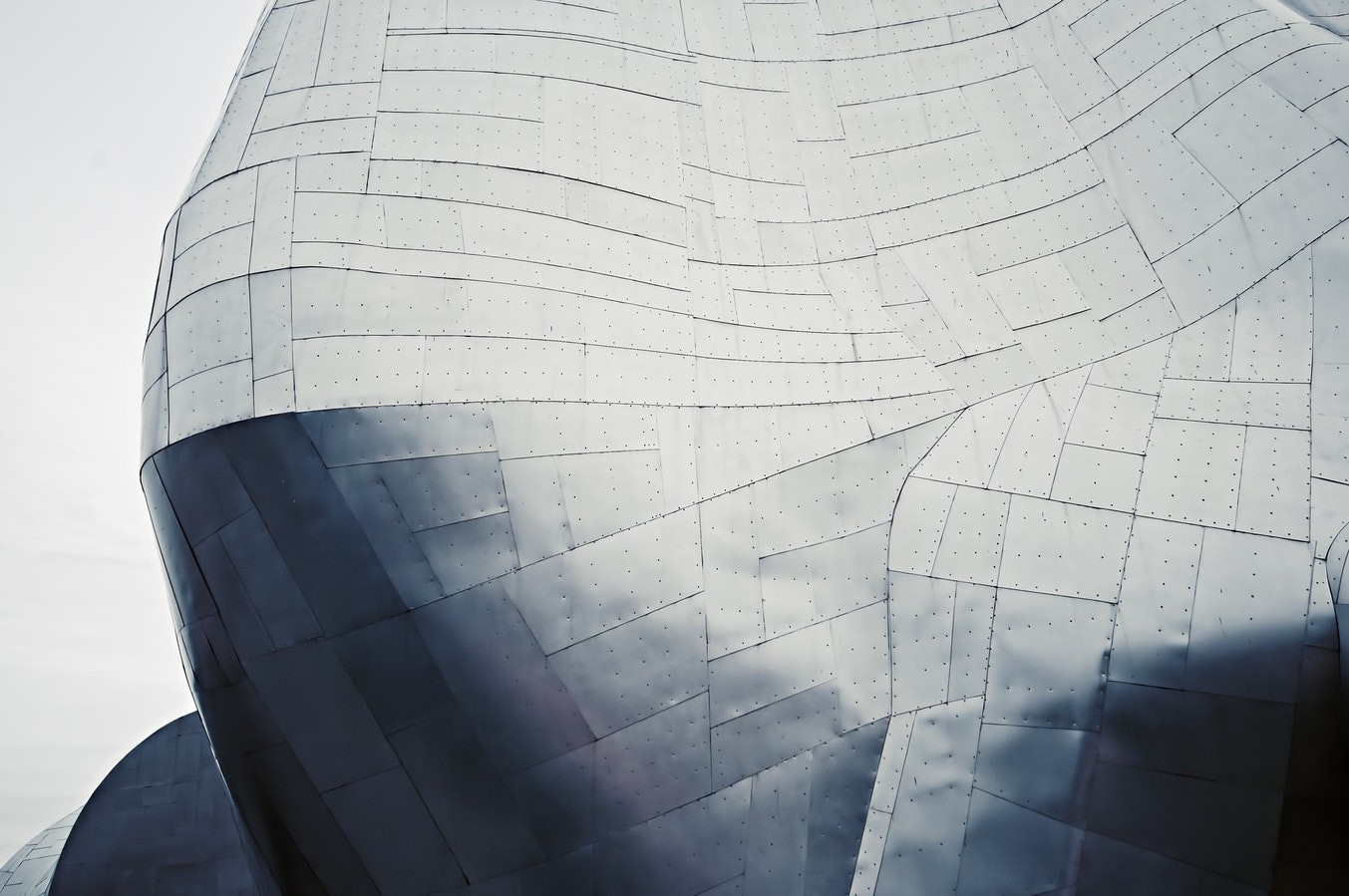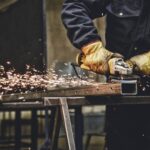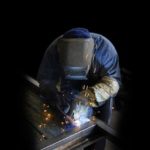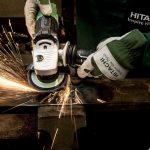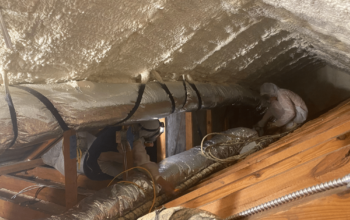The process of metal fabrication may look like a simple and straightforward process when in fact it is highly comprehensive and quite involved. There are a few aspects to the fabrication of metal that will help you to choose a fabricator to provide you with services that are in line with your requirements.
- Fabrication Is A Multi-Step Project:
The process of fabrication involves multiple steps before the project is completed for example:
- Cutting & shearing
- Forming
- Machining
- Welding
- Different Kinds Of Equipment Are Needed:
For every process, there is a type of equipment for example table saws, press brakes or grinders.
- Limitations To Capacity:
A shop might be able to complete all the process except when it comes to the finishing phase where they might need to subcontract the last step of adding the finishing. Or in some case, the design specifications might simply not be compatible with the desired materials. In such a case either the fabrication method needs to be changed or an alternative type of material must be considered.
- Several Types Of Materials:
There are several types of materials each with their own set of properties and a fabricator must be knowledgeable about which fabrication techniques are suitable for each kind of material. The same fabrication methods can’t be used for all types of materials. Aluminum, for instance, is a much more versatile to work with as opposed to steel.
- Secondary Processes:
Sheet metal fabrication may involve secondary operations such as:
- Anodizing
- Galvanising
- Deburring
- Sandblasting
- Plating
- Finishing
Tools Used For Metal Fabrication:
Cutting Of The Sheet Metal
Sheet metal fabrication projects include cutting just like from Everett Laser Cutting and burning of sheet metal to build all types and sizes of metal machines, structures or metal products. The sheet metal is usually cut with a band saw that has special blades that can cutthe sheets evenly. Chop saws are also used for cutting the sheets and has an abrasive disk. For cutting off large sections of sheet metal with minor effort, cutting torches are used. For the cutting process, plasma cutters are also the most used tool for metal fabrication. There is a huge variety of these cutters when you enter a market, but here we have limited your options as these are the best plasma cutters you can order online:
Lotos LTP5000D Plasma Cutter
Forney Easy Weld 251 Plasma Cutter
Hobart Airforce 40i 240V Plasma Cutter
PRIMEWELD CUT50 Portable Plasma Cutter
Bending Of Sheet Metal
For creating bends at chosen angles, the fabricator will make use of hydraulic brakes. To form steel into round sections, a rolling machine is the right tool for the job. Your workshop needs a high-quality Steel tube bender if you are fabricating with tube and pipe. Without the right equipment, you risk damaging and weakening the material.
Welding
When the sheet metal parts are created, they need to be assembled and welded into place. For better sheet metal fabrication you may need a top rated welder. You can also learn how to become a welder online and do it yourself for your DIY project but if you are new to all this then consider becoming a professional. You can find metal plate stock online for your next D.I.Y. project if you want to practice more. Check the reviews by toolstopic.com about the best welder for sheet metal. Sheet metal fabrication involves different welding techniques to circumvent distorted visual results or other issues. These techniques include:
- Making use of a round fixture
- Welding in a staggered method
- Coating the metal with sand during the cooling process
- Unusual straightening procedures
Straightening Of Distorted Steel
An Oxyacetylene torch is used for straightening misshaped steel during the metal fabrication process. Heat is applied to the metal in a moderate and linear manner. By using this technique, a qualified welder can remove even consequential contortion.
The final step of Fabrication
To finish the final step of the metal fabrication procedure, the metal will be sandblasted, primed and painted after which the finer details will be added as per the customer’s specifications.
Related Posts

